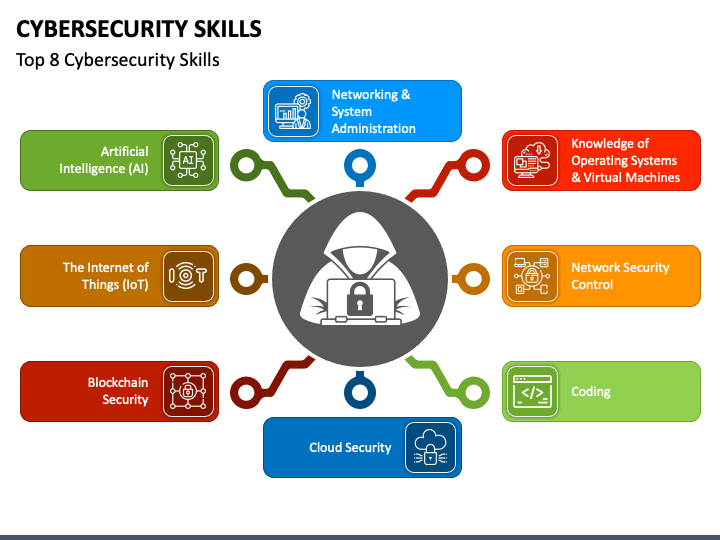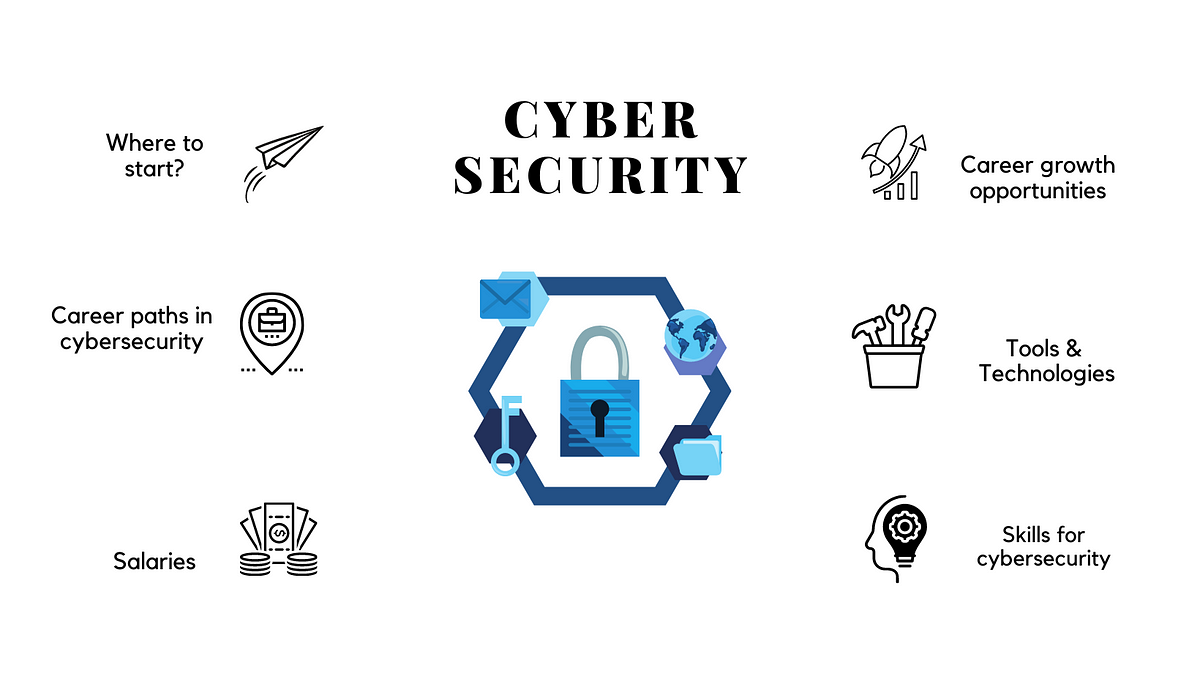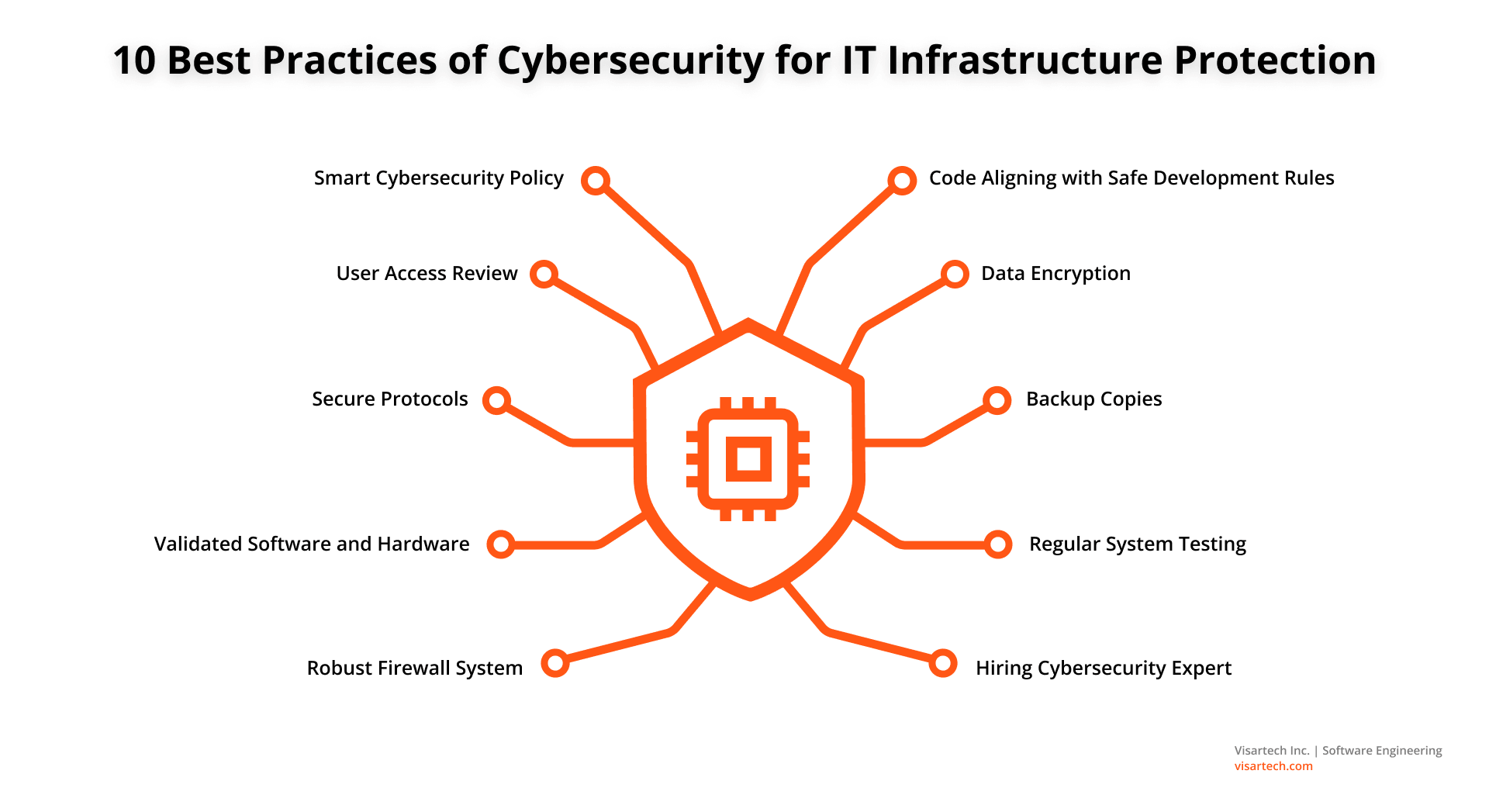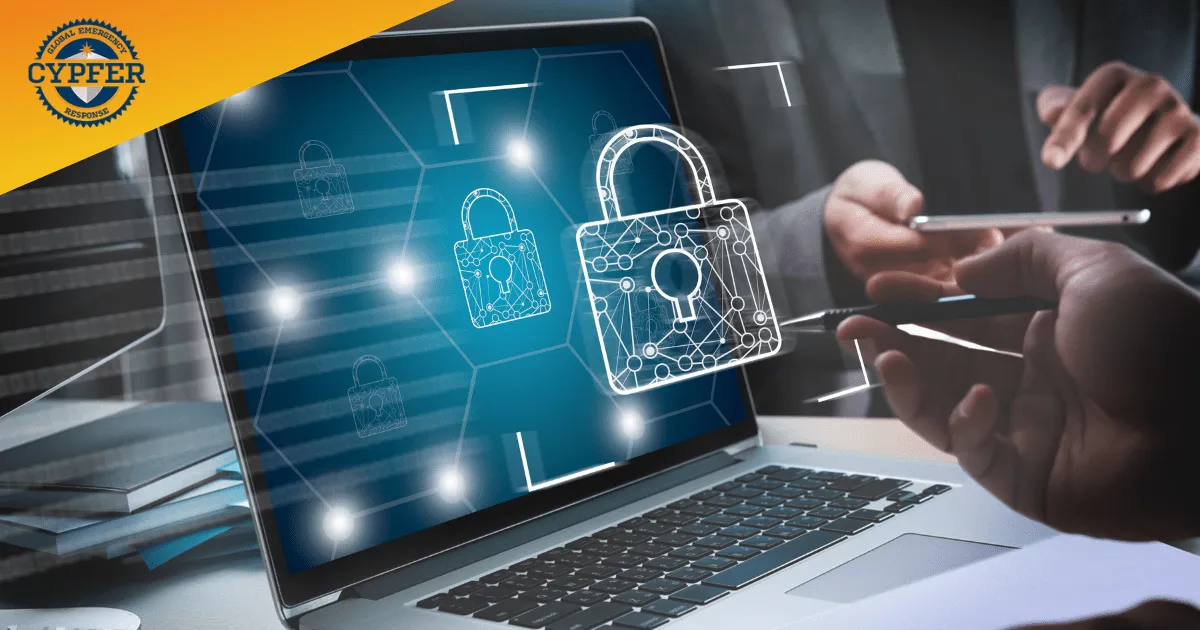Introduction to Security Boulevard
Security Boulevard represents a contemporary approach to integrating security principles within the operational frameworks of organizations. As digital threats become increasingly sophisticated and pervasive, cybersecurity has emerged as a critical component of organizational strategy. The term ‘Security Boulevard‘ encapsulates the idea that security is not merely an isolated function but rather a fundamental aspect of overall business practices. This comprehensive integration aims to promote a culture of awareness and proactive measures to protect an organization’s digital assets.
The notion of merging security with everyday business operations is pivotal in today’s digital landscape, where breaches and cyberattacks occur with alarming frequency. Organizations are tasked with navigating an evolving threat environment, necessitating a shift in mindset from reactive to proactive measures. Security Boulevard encourages stakeholders, from managerial staff to technical teams, to collaborate closely, fostering a shared responsibility for maintaining a secure infrastructure. This collaborative spirit is essential, as vulnerabilities often stem from poorly communicated practices or insufficient training among personnel.
Moreover, the significance of Security Boulevard extends beyond mere compliance with regulations or industry standards. It emphasizes the importance of embedding security into the design and implementation of systems, processes, and services from the onset. By adopting this holistic perspective, organizations are better positioned to identify and mitigate risks before they escalate into significant issues. As we delve deeper into the best practices surrounding Security Boulevard, it is crucial to recognize its fundamental role in transforming the cybersecurity landscape, ensuring that security measures are not only effective but also sustainable in the long run.
The Importance of Cybersecurity in Modern Organizations

In an era defined by rapid technological advancements, cybersecurity has emerged as a paramount concern for modern organizations. With increasing reliance on digital platforms and the rise of remote work, the need for robust security measures has never been more critical. Recent statistics indicate that cyberattacks have escalated dramatically over the past few years; according to a report from Cybersecurity Ventures, it is estimated that damage caused by cybercrime will exceed $10 trillion annually by 2025. This staggering figure underscores the urgency for organizations to bolster their cybersecurity strategies.
One of the most alarming trends is the rise of ransomware attacks, where malicious actors encrypt organizational data and demand payment for its release. The 2021 report from the Cybersecurity and Infrastructure Security Agency (CISA) highlighted that ransomware incidents had increased by over 300% from the previous year. These attacks have not only financial implications but also reputational consequences, as consumers are becoming increasingly wary of companies that fail to protect their sensitive information. In this regard, organizations must view cybersecurity not merely as a technical issue but as a fundamental aspect of operational risk management.
Case studies further illustrate the dire consequences of neglecting cybersecurity. For instance, the SolarWinds breach in 2020 exposed the vulnerabilities in supply chain management, affecting thousands of organizations and leading to significant financial losses. Such incidents reveal that cybersecurity breaches can result in extensive operational disruptions, regulatory fines, and eroded trust among stakeholders. To navigate the complexities of today’s threat landscape, organizations must prioritize cybersecurity by integrating comprehensive security frameworks. This proactive approach helps ensure that security measures evolve alongside emerging threats, forming an essential safeguard for business continuity and resilience.
Key Principles of Security Boulevard

Security Boulevard embodies several fundamental principles that are crucial in establishing a resilient cybersecurity framework. One of the central tenets is effective risk management, which involves identifying, assessing, and mitigating potential threats to an organization’s digital assets. Risk management not only prioritizes the resources devoted to various security measures but also ensures alignment with the organization’s overall objectives. By understanding the landscape of potential vulnerabilities, organizations can allocate their budgets and efforts more efficiently, focusing on the areas that pose the greatest risk.
In addition to risk management, proactive security measures play an indispensable role in the Security Boulevard approach. This entails adopting a forward-thinking mindset where potential threats are addressed before they can cause harm. By implementing advanced threat detection technologies, such as intrusion detection systems and firewalls, organizations can create layers of defense that are more resilient to cyberattacks. Training employees in cybersecurity awareness also emerges as a proactive measure, fostering a culture of vigilance within the organization.
Continuous monitoring further strengthens the Security Boulevard framework. This principle involves the constant observation of an organization’s IT environment to detect potential security breaches in real-time. Continuous monitoring ensures that any irregularities are quickly identified and responded to, minimizing the window of opportunity for malicious actors. By utilizing automated tools and solutions, organizations can aggregate data to provide valuable insights into any anomalies, thus enabling them to adapt their security measures accordingly.
The combination of risk management, proactive security measures, and continuous monitoring comprises the core principles of Security Boulevard. These elements work synergistically to foster a balanced approach to cybersecurity, ensuring that organizations are well-equipped to face the ever-evolving landscape of cyber threats.
Best Practices for Implementing Security Boulevard

Implementing robust cybersecurity practices as outlined by Security Boulevard involves several actionable and practical steps that organizations can adopt to bolster their defenses against potential threats. One of the cornerstones of these best practices is comprehensive employee training. Cybersecurity awareness programs should be established, focusing on educating employees about the latest threats, phishing tactics, and security protocols. Regular workshops and interactive training sessions can facilitate a culture of security mindfulness, making employees the first line of defense against cyber threats.
Another essential aspect is conducting regular security assessments. Organizations should perform systematic evaluations of their security posture, identifying vulnerabilities in their systems and processes. This can involve penetration testing, risk assessments, and vulnerability scans to uncover weaknesses that could be exploited by attackers. By staying proactive in identifying these vulnerabilities, organizations can implement timely remedies and enhance their overall cybersecurity compatibility with the methods emphasized in Security Boulevard.
Moreover, the integration of security measures across IT systems is crucial for creating a cohesive and comprehensive security strategy. This can be achieved by employing a layered security approach, which involves deploying firewalls, anti-virus software, intrusion detection systems, and encryption protocols across all networks and devices. Ensuring that all software is up-to-date with the latest security patches is a fundamental practice that helps in mitigating potential risks.
Additionally, organizations should consider adopting security frameworks and best practices from industry standards such as ISO/IEC 27001 or NIST. These frameworks provide guidelines on establishing and maintaining an effective cybersecurity management system, further aligning organizational efforts with the principles advocated by Security Boulevard. Through a concerted effort in training, regular assessments, and the integration of security measures, organizations can successfully strengthen their cybersecurity defenses, ultimately fostering a safer digital environment.
Tools and Technologies Supporting Security Boulevard

In today’s digital landscape, the implementation of Security Boulevard requires a robust combination of various tools and technologies. These solutions are essential in enhancing an organization’s cybersecurity framework and mitigating the myriad of threats that persistently loom over sensitive data and systems.
Firstly, software solutions play a pivotal role in fortifying the walls of cybersecurity. Comprehensive security information and event management (SIEM) systems, for instance, allow organizations to collect, analyze, and correlate security events in real time. This capability is crucial for early threat detection and response, enabling businesses to remain vigilant in an ever-evolving threat environment. Furthermore, endpoint protection platforms are vital in ensuring that devices connected to the network are secure, effectively acting as the first line of defense against potential breaches.
Moreover, threat detection systems, such as intrusion detection systems (IDS) and intrusion prevention systems (IPS), are integral to maintaining Security Boulevard. These technologies monitor network and system activities for malicious actions or policy violations, offering automatic responses to potential threats. By harnessing machine learning and artificial intelligence, these systems can continuously improve their detection capabilities, adapting to the sophisticated tactics employed by cybercriminals.
Additionally, adopting established security frameworks, such as the National Institute of Standards and Technology (NIST) Cybersecurity Framework or the ISO/IEC 27001, provides organizations with structured guidelines for managing cybersecurity risks. These frameworks not only promote best practices but also foster a culture of security mindfulness across the organization.
In conclusion, leveraging a combination of software solutions, threat detection systems, and established security frameworks is indispensable for organizations committed to navigating Security Boulevard. These tools and technologies collectively enhance the organization’s security posture, ensuring robust defenses against an array of cyber threats.
Real-World Examples of Security Boulevard in Action

Organizations across various sectors have embraced the Security Boulevard approach to enhance their cybersecurity measures effectively. One prominent case is a leading financial institution that faced an increasing number of cyber threats, particularly ransomware attacks. The firm recognized the need for a comprehensive security framework and adopted Security Boulevard principles, which focus on integrating security into every phase of their operations. By hiring dedicated security personnel and implementing robust security protocols, they were able to reduce the incidence of breaches significantly. The results were evident—after a year, the organization reported a 70% drop in successful cyber attacks and restored stakeholder confidence.
Another notable example comes from a healthcare provider that managed sensitive patient data. This organization grappled with the challenge of adhering to strict compliance standards while ensuring that its systems remained secure. By implementing Security Boulevard strategies, including regular training for employees and adopting state-of-the-art technology to monitor networks, they successfully mitigated risks. Within a short period, the healthcare provider saw an improvement in its compliance rating and an increase in operational efficiency, as their employees became more vigilant and knowledgeable about potential threats.
A technology startup also showcases the versatility of Security Boulevard in a different context. Initially, the company suffered significant data breaches that threatened to jeopardize its growth. By fully immersing itself in Security Boulevard, the startup revamped its security infrastructure and established protocols for securely developing software products. As a result, they not only fortified their defenses but also gained market trust. Moreover, their software became resilient against potential vulnerabilities, leading to increased client acquisitions and revenue growth.
These examples illustrate how diverse organizations have adopted the Security Boulevard framework to address specific challenges. By integrating security as a core function, they were able to improve their cybersecurity posture and achieve measurable success in their respective fields.
Future Trends in Security Boulevard

As we look towards the future, the landscape of cybersecurity continues to evolve rapidly, significantly impacting the concept of Security Boulevard. The acceleration of digital transformation across various sectors has precipitated a dual increase in technological advancements and sophistication of cyber threats. One pertinent trend is the adoption of artificial intelligence (AI) and machine learning (ML) within the realm of cybersecurity. These technologies are being integrated to enhance threat detection and response capabilities, allowing organizations to proactively identify vulnerabilities before they can be exploited.
Another emerging trend pertains to the growing prevalence of remote work environments. The shift to hybrid and remote models has expanded the attack surface for cybercriminals, resulting in the need for enhanced security measures throughout Security Boulevard. Organizations must implement robust endpoint security solutions and employ regular training sessions to educate employees about potential threats. This focus on human factors in cybersecurity is shaping a more comprehensive approach to risk management.
Moreover, evolving cyber threats such as ransomware attacks and data breaches remain a significant concern. As these threats become increasingly sophisticated, organizations must leverage a multi-faceted security strategy that incorporates not only technology but also governance and compliance. Regulatory frameworks are also adapting; new legislation aimed at bolstering cybersecurity practices is being introduced globally. Compliance with such regulations is essential in maintaining trust with customers and stakeholders while navigating the complexities of Security Boulevard.
In addition to these trends, the integration of zero-trust architectures is paving the way for a more secure environment. This model assumes that every attempt to access the system, whether inside or outside the network, must be verified, thus reducing the likelihood of breaches. As we advance into a future rife with challenges and opportunities, staying informed and adaptable will be critical for organizations as they navigate the ever-evolving Security Boulevard.
Common Misconceptions about Security Boulevard

As organizations strive to enhance their cybersecurity frameworks, misconceptions surrounding Security Boulevard can present significant barriers to effective implementation. A prevailing belief is that adopting Security Boulevard solely entails investing in expensive technologies. While tools and software are vital components, the true essence of Security Boulevard lies in fostering a comprehensive culture of security awareness throughout the organization. Understanding that effective cybersecurity is not merely a technological challenge but also a people-oriented endeavor is crucial.
Another misconception is that Security Boulevard is exclusively applicable to large enterprises with extensive IT infrastructures. In reality, the principles of Security Boulevard can be tailored to suit organizations of all sizes. Small businesses, often perceived as less attractive to cybercriminals, are frequently targeted because they may lack robust security measures. By embracing the tenets of Security Boulevard, even smaller organizations can create an effective cybersecurity strategy that safeguards their digital assets.
Furthermore, some believe that adopting practices aligned with Security Boulevard will eliminate the risk of cyber threats entirely. This notion can lead to complacency among stakeholders, as cybersecurity is inherently about managing risks rather than outright elimination. It is essential to recognize that even the most fortified organizations may experience breaches. The focus should instead be on developing resilience and response plans that can mitigate the impact of such incidents. Education, training, and continuous improvement are vital components of a robust Security Boulevard strategy.
Lastly, organizations may assume that once they establish a Security Boulevard framework, they can afford to become static in their practices. On the contrary, the cybersecurity landscape is constantly evolving, necessitating ongoing assessment and adaptation of security measures. Continuous education, regular audits, and up-to-date training are necessary to remain vigilant against emerging threats. By addressing these misconceptions, organizations can better appreciate the profound benefits of adopting Security Boulevard principles in their cybersecurity practices.
Conclusion and Call to Action
In reviewing the discussion on Security Boulevard, it becomes clear that implementing robust cybersecurity practices is imperative for organizations of all sizes. The key takeaways highlight not only the importance of developing a comprehensive security strategy but also the need for continuous improvement and adaptation in the ever-evolving landscape of cyber threats. Security Boulevard serves as a guiding principle, emphasizing a proactive approach to safeguarding sensitive information and maintaining trust with clients and stakeholders.
It is essential for businesses to recognize that cybersecurity is not merely an IT issue; it is a fundamental aspect of overall organizational health. By actively engaging with the resources and insights provided along Security Boulevard, companies can foster a culture of security awareness and resilience. This involves regular training sessions for employees, adopting the latest technologies, and establishing clear protocols for incident response and recovery.
As a call to action, organizations are encouraged to assess their current cybersecurity practices against the benchmarks established on Security Boulevard. This includes evaluating existing policies, investing in advanced security solutions, and creating an incident response plan that can be swiftly enacted. Moreover, management should prioritize ongoing education and collaboration within teams to ensure that everyone remains informed about emerging threats and effective mitigation strategies.
For further learning, numerous resources are available that delve deeper into cybersecurity best practices, such as industry publications, webinars, and certification courses. Engaging with these resources will equip organizations with the knowledge necessary to navigate the complexities of modern cybersecurity challenges effectively. Embracing Security Boulevard is a significant step towards creating safer digital environments and safeguarding vital assets.






